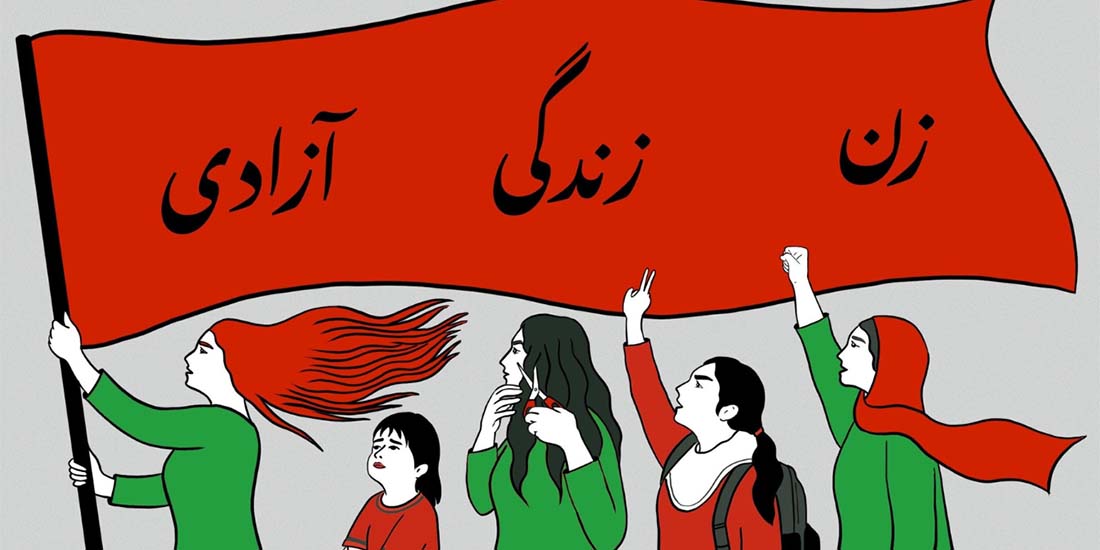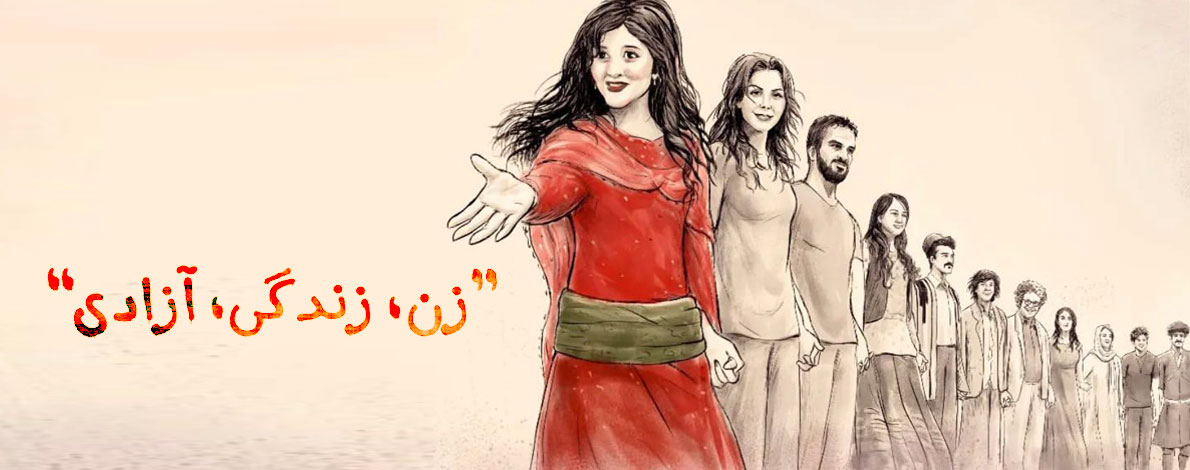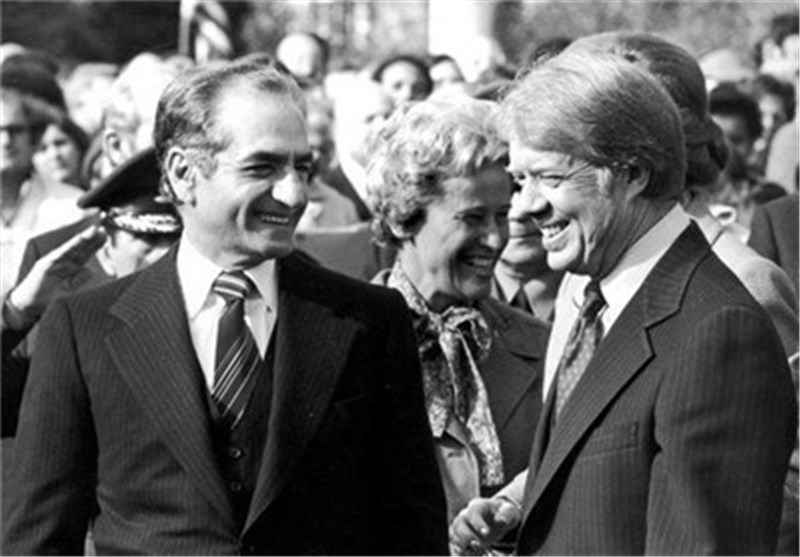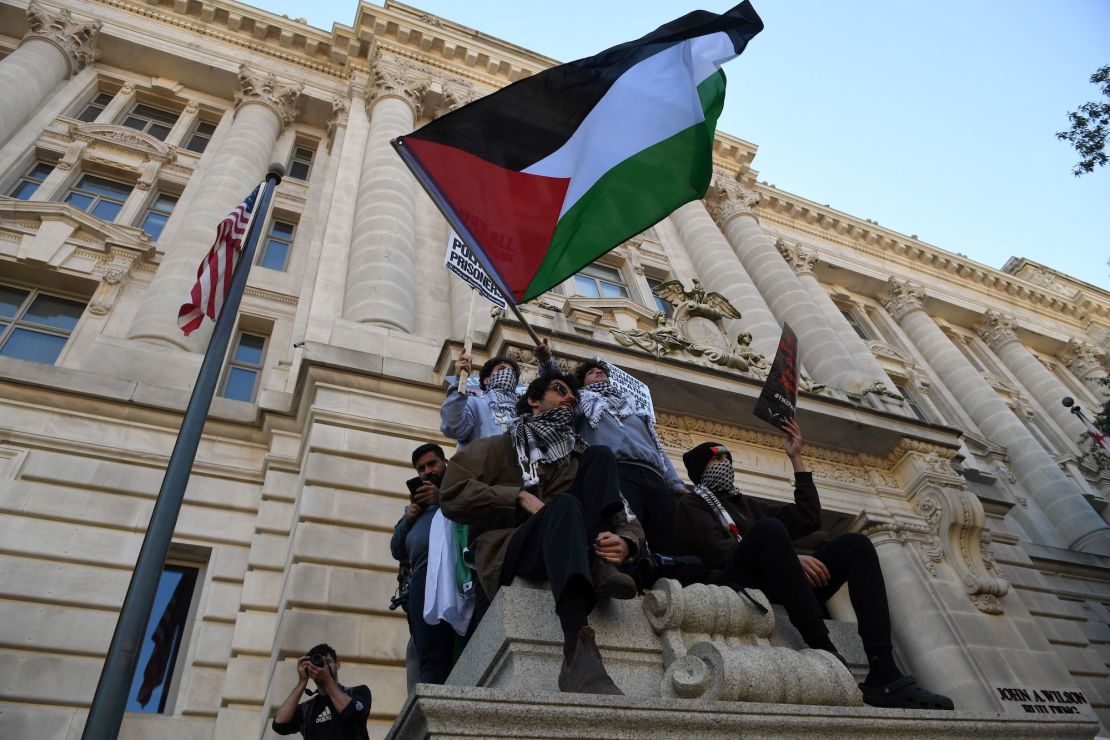Women’s Movement in Iran
The women’s movement in Iran has been ongoing for several decades and had various phases, each with its own goals, strategies, and challenges. The movement has been shaped by a complex set of factors, including historical, social, cultural, economic, and political dynamics.
One of the main goals of the women’s movement in Iran has been to challenge and change the discriminatory laws and practices that have been enshrined in the legal system and social norms. These include laws that restrict women’s right in areas such as marriage, divorce, custody, inheritance, and dress codes, as well as cultural attitudes that view women as subordinate to men.
Despite facing significant obstacles and repression, the women’s movement in Iran has made significant progress over the years, particularly in the areas of education, employment, and political participation. Women now make up a significant portion of the university student population and have become increasingly visible in the workforce and in political activism. In addition, the women’s movement in Iran has been active in advocating for the rights of marginalized groups, such as women from ethnic and religious minorities, as well as LGBTQ+ individuals. The movement for women’s right in Iran is closely tied to broader struggles for human rights and democracy in the country. Women have placed a central role in many of these struggles, including the recent ongoing events.
However, the movement for women’s rights in Iran continues to face significant challenges and setbacks, including repression by the state, limited access to resources and funding, and internal divisions and disagreements over strategy and goals. Despite these challenges, the women’s movement in Iran remains a powerful force for change and continues to inspire and mobilize women and men across the country and around the world.
Despite facing significant repression and crackdowns by the government, the women’s movement in Iran continues to organize and advocate for change. Social media has played a key role in facilitating communication and mobilization among activists, even as authorities have attempted to crack down on online activism.
Activists in Iran and around the world have continued to demand justice for Mahsa and for an end to police brutality and state violence against protesters and activists. Her death also renewed calls for greater freedom of expression and political rights in Iran. The protests were also fueled by broader grievances related to economic hardship, political corruption, and human rights abuses. Protesters called for greater political and social freedoms, and many also expressed support for the pro-democracy movement and opposition to the country’s Islamic Republic system of government.
The Islamic government responded to the protests with heavy-handed crackdown, with reports of violence, arrests, and internet shutdowns. The situation in Iran remains tense, and there are ongoing concerns about the government’s response to dissent and opposition.






